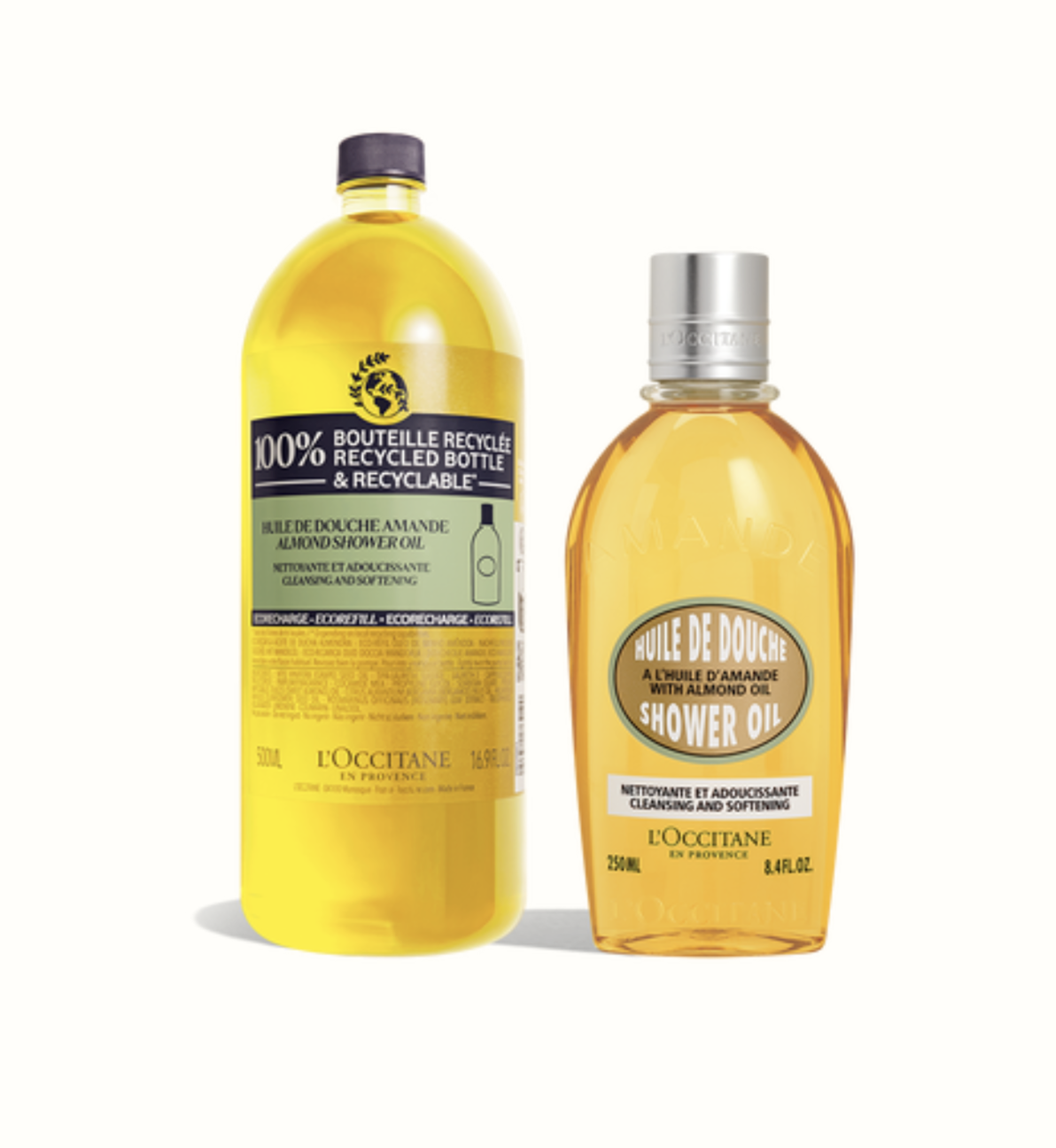
L’Occitane en provence, impact native?
This case study is part of THE REFILLABLE BEAUTY REPORT
The French Native brand always had a sustainability ethos from the sourcing of its natural ingredients in the south of France to the reduction of the impact of its packaging, with, for example, the launch, as early as 1976, of a deposit system for its glass packaging.
L’OCCITANE, supported by its Packaging R&D team, continually improve the brand’s packaging, focusing on both the existing and future product portfolio. Using tools such as lifecycle assessment (LCA), they oversee all packaging decisions, taking account of the carbon footprint from the extraction of raw materials through to the end of the lifecycle of the product. They also work on finding future solutions: materials that are recycled, recyclable or renewable
L’Occitane sustainability strategy for packaging follows the 3R principles: Reduce, Reuse, Recycle and takes inspiration from the 10R waste Hierarchy: Refuse, Reduce, Resell/Reuse, Repair, Reprocess, Refurbish, Remanufacture, Repurpose, Recycle and Recover (energy) - (more info here).
Within the Reduction strategy, L’Occitane has instigated actions to reduce plastic with:
- Elimination of plastic cellophane around all products - effective since 2022
- Replacement of all plastic spatulas and testers with stainless steel
- Transformation of the testers and spatulas into cardboard material
- Removal of all unnecessary plastics: no more plastic inserts in packaging or package offering. They are either made of cardboard or moulded cellulose.
The brands’ first actions consisted of the replacement of conventional packaging with a doypack/pouch for refilling body, skin or hair care products since 2008. As of today, this has helped the French brand reduce its plastic consumption by 10% annually. The brand has now now release 100% PCR PET bottle to replace the non-recyclable pouches.


